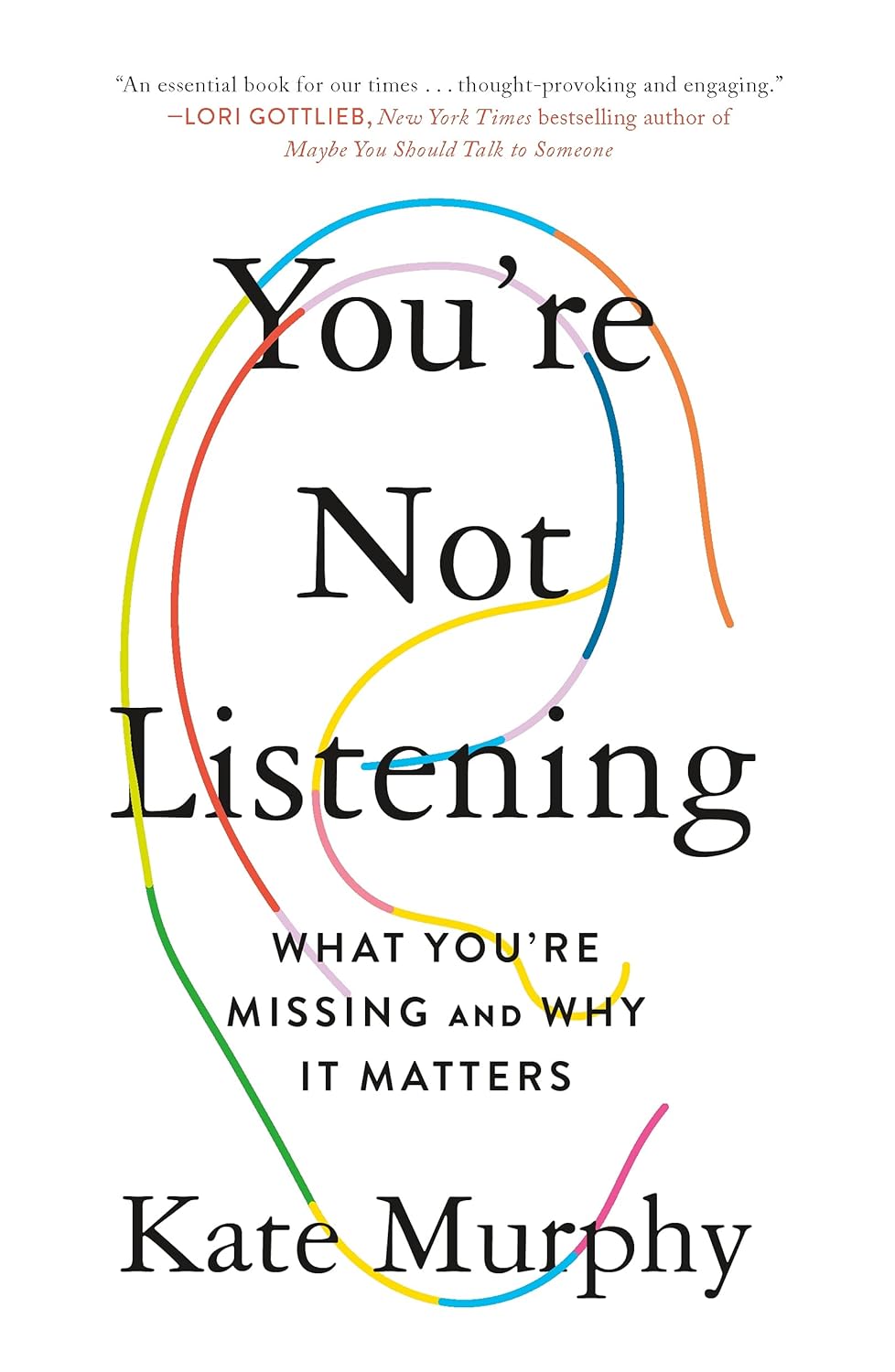Creative Writing & Comprehension: A Deep Dive into the Art of Expressing Thoughts and Ideas
Explore the art of creative writing and comprehension to enhance your writing skills. Learn how creativity and understanding go hand-in-hand to improve storytelling, character development, and critical thinking.

Creative writing and comprehension are two essential aspects of writing that, when combined, offer a powerful platform for expression, understanding, and communication. Whether it is a story, an essay, or an article, creative writing enables you to explore your imagination, while comprehension helps you to better understand and interpret the written word. The interplay between both can result in impactful and thoughtful pieces of writing.
In this guest post, we’ll dive into the world of creative writing and comprehension, uncovering the value of each and how they contribute to enhancing writing skills. From effective storytelling techniques to the process of extracting meaning from text, understanding both creative writing and comprehension can elevate a writer’s ability to convey ideas and emotions more effectively.
What is Creative Writing?
At its core, creative writing is a form of writing that allows the writer to express their imagination, ideas, or emotions in a creative and artistic way. Unlike formal writing, which often follows specific rules and guidelines, creative writing opens up an avenue for personal expression, freedom of thought, and innovation.
Some of the most common forms of creative writing include:
-
Fictional Writing (e.g., novels, short stories)
-
Poetry
-
Playwriting
-
Screenwriting
-
Creative Nonfiction (e.g., memoirs, personal essays)
While these forms may vary in structure and style, the underlying element of creativity is what binds them all. Writers use vivid imagery, strong characters, and compelling plots to engage readers and transport them to different worlds. Creative writing challenges both the writer and the reader to think outside the box, explore new perspectives, and immerse themselves in unique experiences.
Techniques in Creative Writing
Creative writing is more than just stringing words together; it requires careful thought, planning, and execution. Here are a few key techniques used by creative writers:
-
Show, Don't Tell: This is one of the fundamental principles in creative writing. Instead of directly telling the reader how a character feels or what is happening, the writer shows it through actions, dialogues, and descriptions. For example, rather than saying “he was nervous,” a writer might describe the character’s trembling hands or the sweat on his brow to convey the emotion.
-
Strong Characters: Characters are the heartbeat of any story. A well-developed character with depth, motivations, and flaws can drive the narrative forward. Writers must create characters that readers can connect with or understand, even if they don’t necessarily agree with them.
-
Imagery and Symbolism: Writers often use vivid descriptions to paint a picture in the reader's mind. Whether describing a setting, a character, or a mood, sensory details (sight, sound, taste, touch, and smell) make the writing come to life. Symbolism is also a powerful tool used to imbue objects or actions with deeper meanings, resonating on a subconscious level with the reader.
-
Dialogue: Dialogue not only reveals a character’s personality but also advances the plot. Writing authentic dialogue requires a deep understanding of how people speak, the nuances of conversation, and the rhythm of language.
-
Conflict and Resolution: Every story revolves around conflict. Whether it’s an internal struggle within the character or an external battle with another entity, conflict drives the narrative. A well-crafted resolution brings closure to the story and gives the audience a sense of satisfaction.
The Importance of Comprehension in Writing
Comprehension, on the other hand, is the ability to understand, interpret, and analyze written content. While creative writing focuses on the creation of a narrative or expression, comprehension is about processing and making sense of the written word. Comprehension plays a vital role not just for readers but for writers as well. It helps a writer:
-
Understand the Audience’s Needs: Comprehension allows writers to understand what their audience needs or expects from a text. Whether writing a story, an essay, or a business report, knowing the audience’s perspective ensures that the message resonates with them.
-
Analyze Existing Literature: Writers often study various works to understand what has been written before, what works, and what doesn’t. Good comprehension skills allow a writer to critically evaluate existing literature and learn from other creators’ techniques.
-
Grasp Nuances and Deeper Meanings: When reading, a writer with strong comprehension skills can identify the subtle nuances and underlying themes in a text. This helps in creating richer, more layered writing, whether it’s fiction or nonfiction.
-
Follow Complex Structures and Ideas: Whether it's a dense academic article or a complex narrative with multiple subplots, comprehension allows a writer to understand and retain difficult or intricate information. This ability is crucial for writers working on projects that require research, complex ideas, or technical detail.
How Creative Writing and Comprehension Work Together
While Creative Writing Courses allows a writer to develop their own voice and perspective, comprehension enables them to fully understand and utilize various writing styles, ideas, and structures. Here’s how they complement each other:
-
Expanding Vocabulary and Style:
Good comprehension expands a writer’s understanding of language, allowing them to acquire new vocabulary, idioms, and stylistic approaches that they can then incorporate into their own creative work. Exposure to different writing styles sharpens a writer’s skill and flexibility in using language creatively. -
Understanding Character Development:
A writer’s ability to comprehend the motivations, struggles, and growth of characters in other works helps them create richer, more nuanced characters in their own writing. Comprehension also aids in analyzing how authors build character arcs and plot developments, which can then be applied to one’s own creative writing projects. -
Evaluating Themes and Symbolism:
Understanding the deeper meanings behind various literary works can help writers develop their own themes and symbols. Whether it’s exploring ideas of love, loss, or identity, good comprehension enables the writer to delve into universal themes that resonate with a broader audience. -
Enhancing Creativity through Analysis:
Comprehension goes beyond mere understanding; it involves analyzing how a particular piece of writing works. By breaking down a text’s structure, narrative, and techniques, a writer can incorporate similar approaches into their own work, enhancing their creativity and storytelling skills. -
Improving Critical Thinking:
Both creative writing and comprehension require critical thinking. Writing creatively pushes a writer to think innovatively and break through conventions, while comprehension develops their analytical and evaluative thinking skills. Together, they help a writer to think critically and express their ideas clearly and effectively.
Improving Your Creative Writing and Comprehension Skills
Improving both your creative writing and comprehension skills takes consistent practice, patience, and dedication. Here are a few tips to help you sharpen both abilities:
-
Read Widely: Read a diverse range of materials. From fiction and poetry to articles, essays, and research papers, exposure to various writing styles will help improve your comprehension and broaden your creative horizons.
-
Write Regularly: Writing is a skill that improves with practice. Whether it’s journaling, short stories, or essays, try to write regularly to develop your creative voice and refine your technique.
-
Join a Writing Group or Workshop: Engage with other writers, exchange feedback, and participate in writing workshops. Collaborative learning improves both comprehension and creative writing by exposing you to different perspectives.
-
Analyze Your Own Writing: After writing, go back and read your work critically. What can you improve? What works well? This helps refine your writing skills and deepen your comprehension of your own writing style.
-
Study Grammar and Style: A solid grasp of grammar, sentence structure, and punctuation is essential for writing clearly. While creative writing often allows for artistic freedom, a strong command of language mechanics ensures that your creativity is effectively communicated.
Conclusion
Creative writing and comprehension are two sides of the same coin. While creative writing allows writers to express their innermost thoughts and feelings, comprehension helps them make sense of the world around them, understand others’ work, and improve their own. The ability to weave together creativity with strong comprehension skills can elevate writing to new heights, whether it's crafting compelling stories, essays, or even poetry.
By nurturing both creative writing and comprehension, writers unlock their potential to create meaningful, impactful works that resonate with readers on an emotional and intellectual level. So, whether you’re just starting out or looking to refine your writing, embrace both creative freedom and the art of comprehension to become a more versatile and skilled writer.
Related Posts
The Importance of Holistic Development in Education
May 6, 2025 0
Biotech and Pharma Research Surge Fuels Growth in North...
Jun 18, 2025 0

































































![https //g.co/recover for help [1-866-719-1006]](https://newsquo.com/uploads/images/202506/image_430x256_684949454da3e.jpg)






















![How Smart PMs Scale Their Careers in Any Org [TPG Live Recap]](https://tpgblog.com/wp-content/uploads/2025/06/2025-06-12-thumbnail-action.png?#)



















































